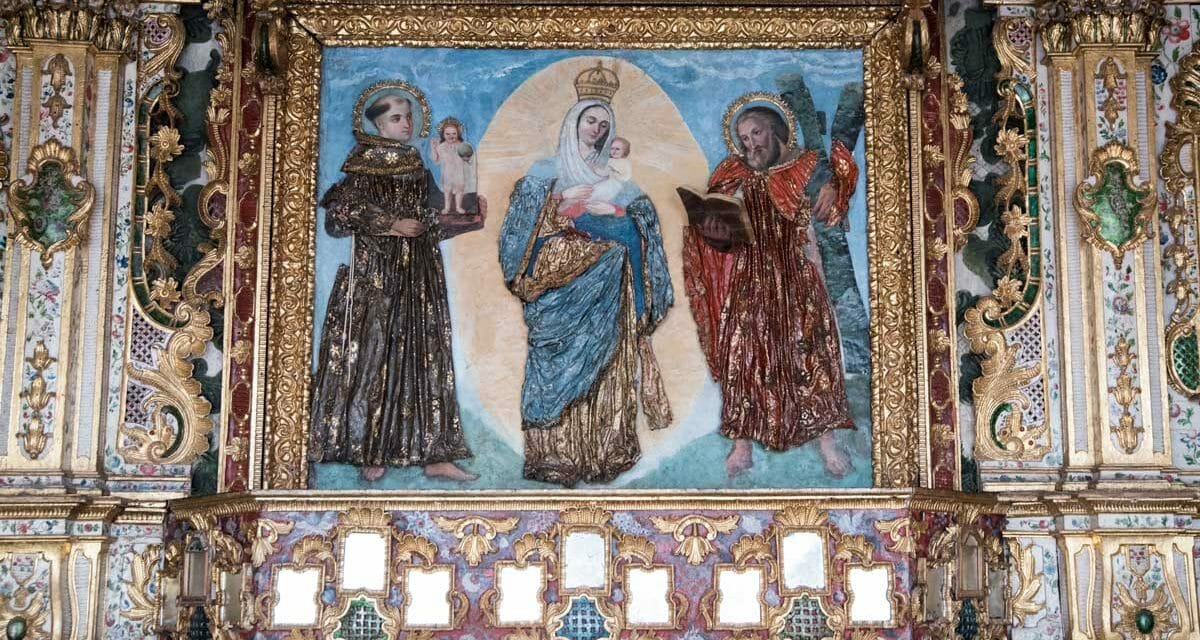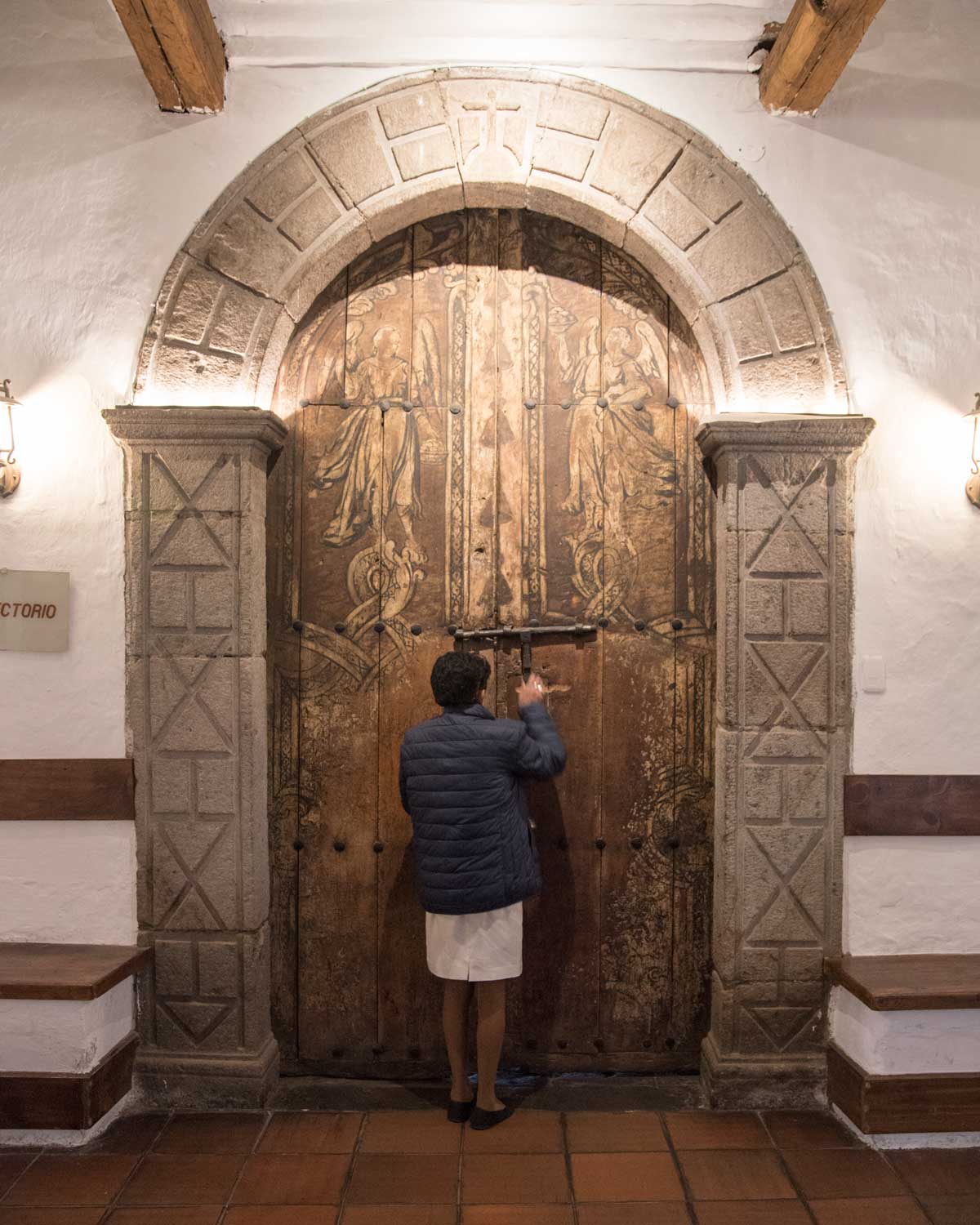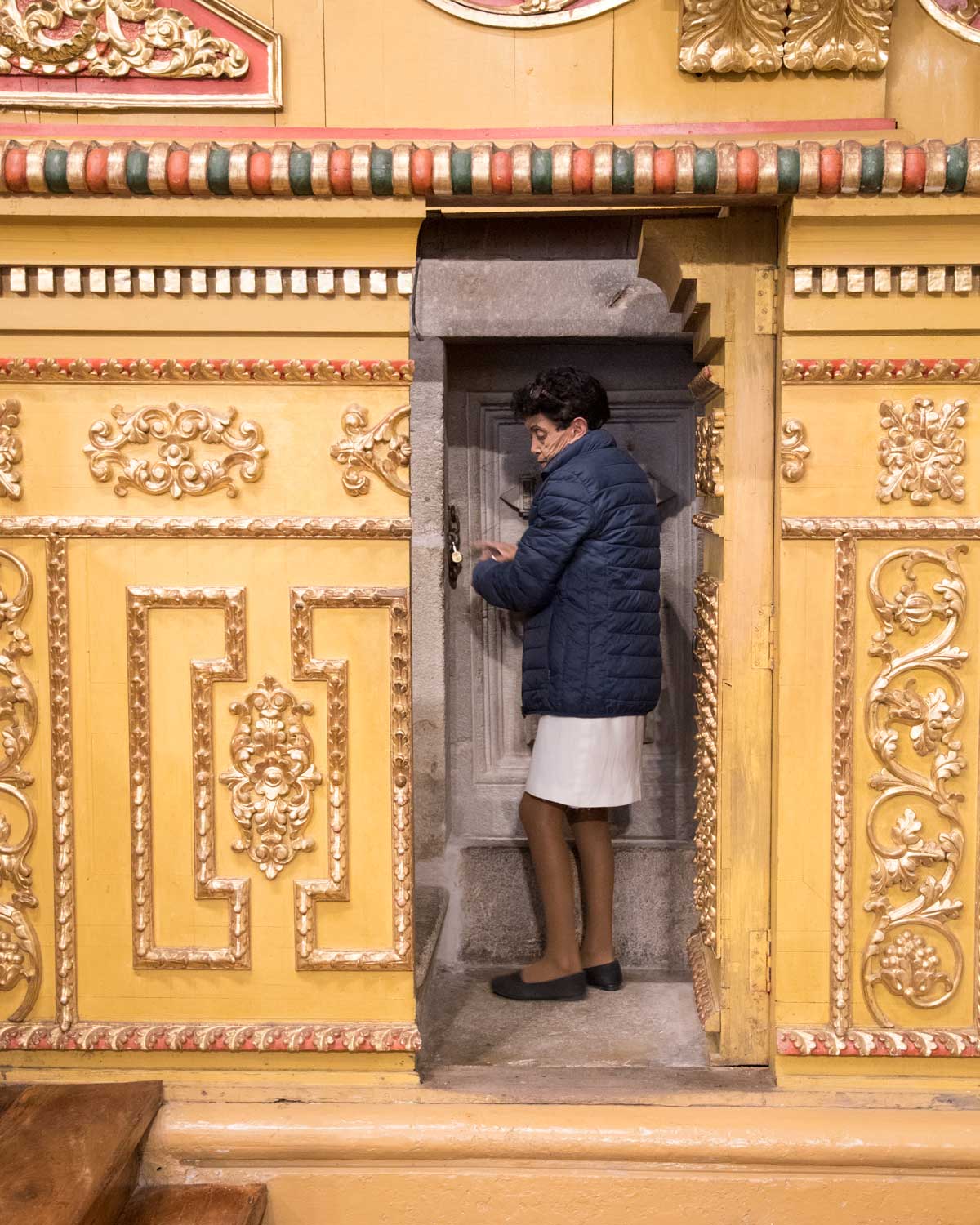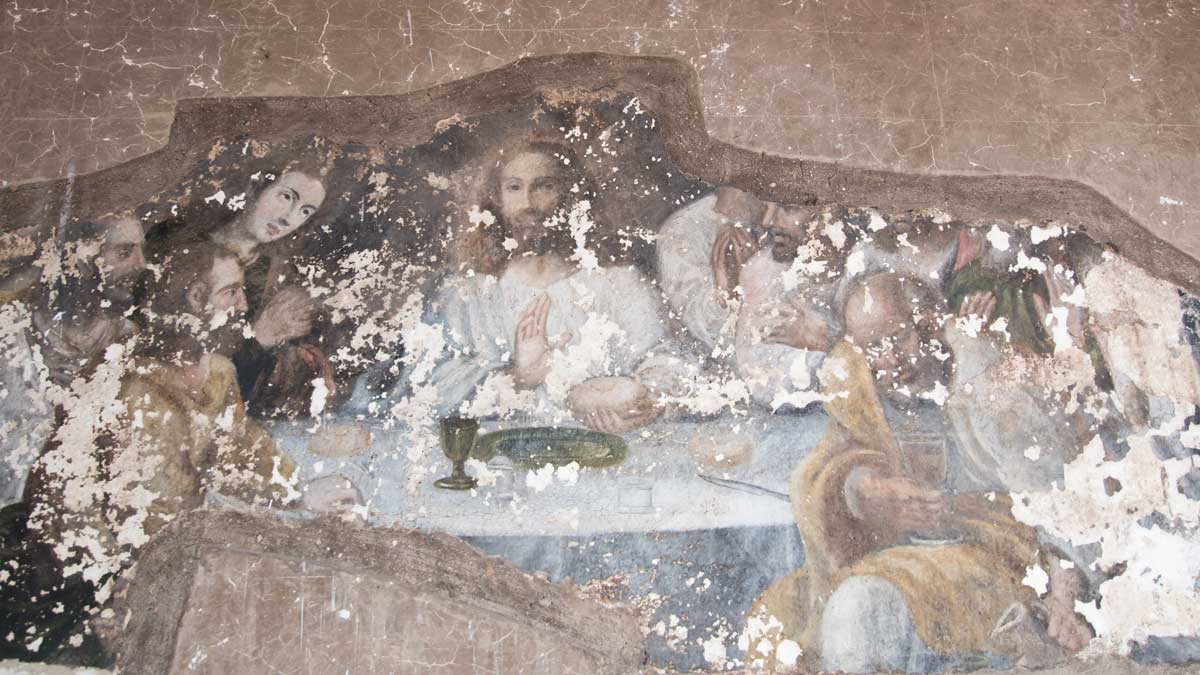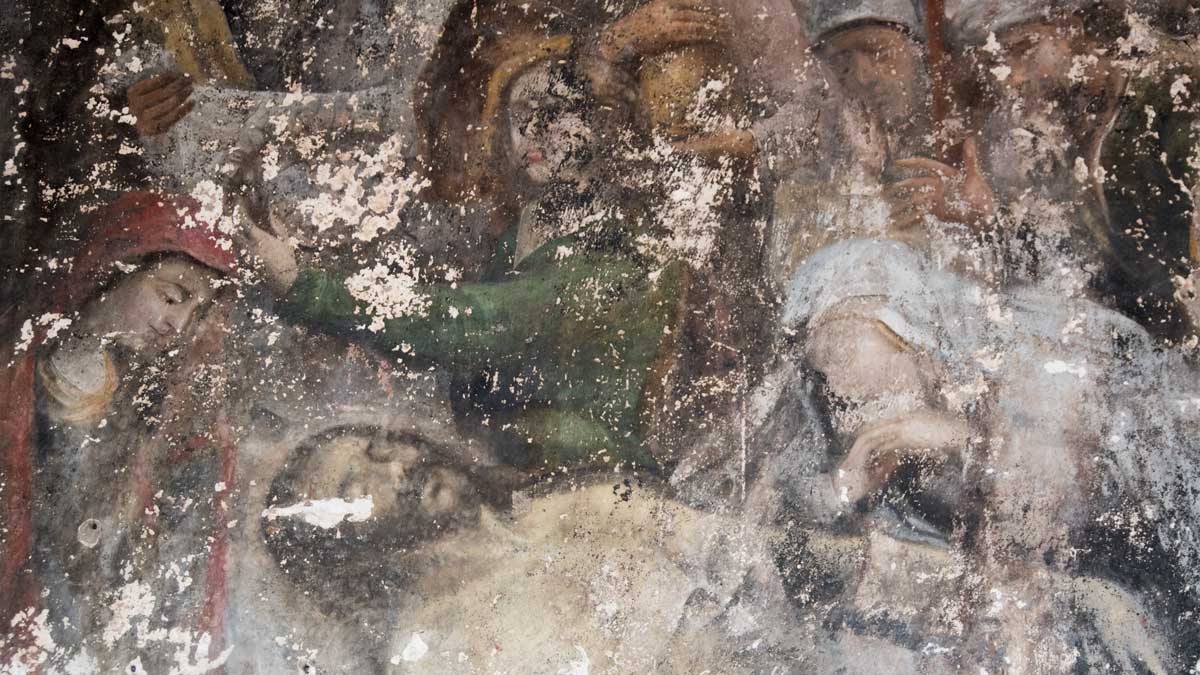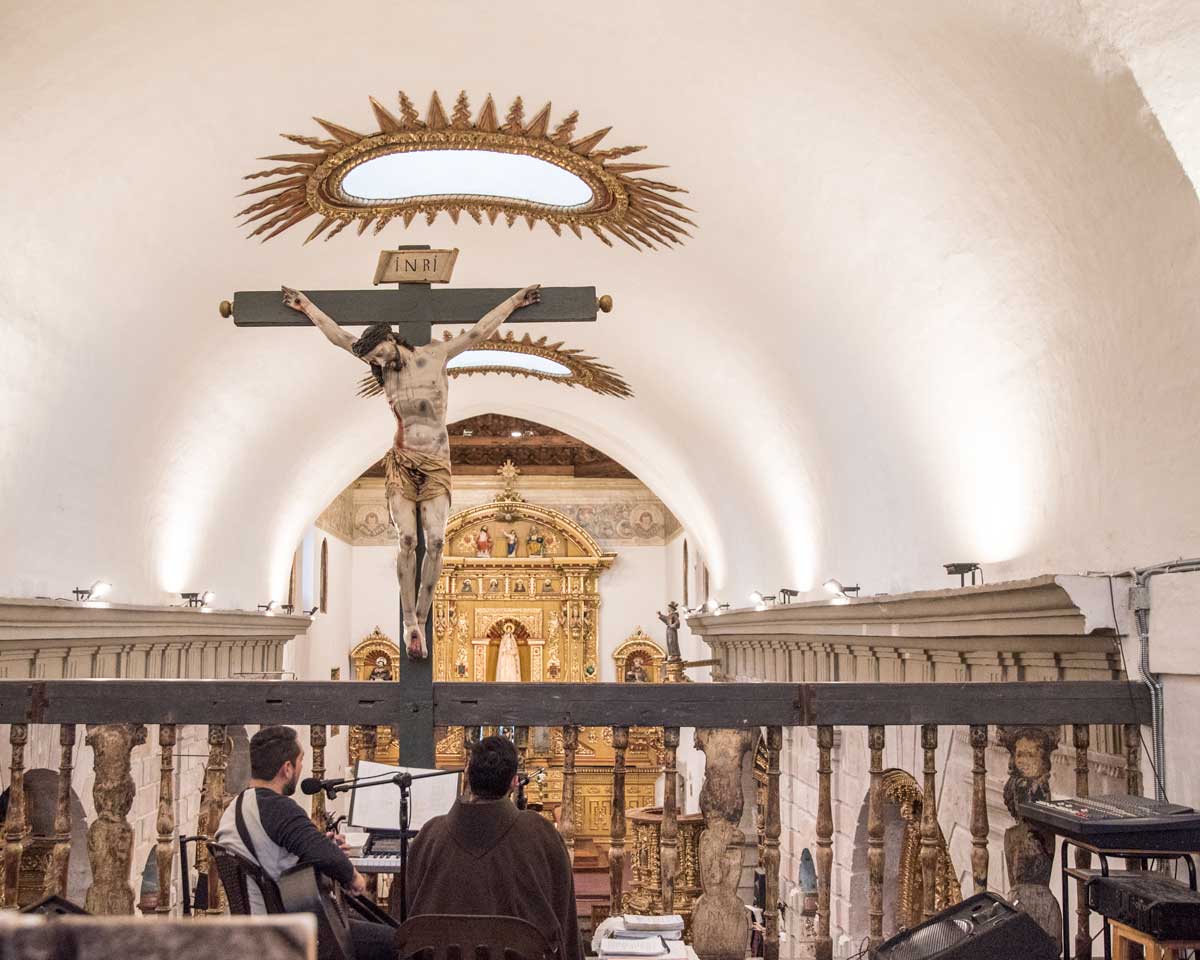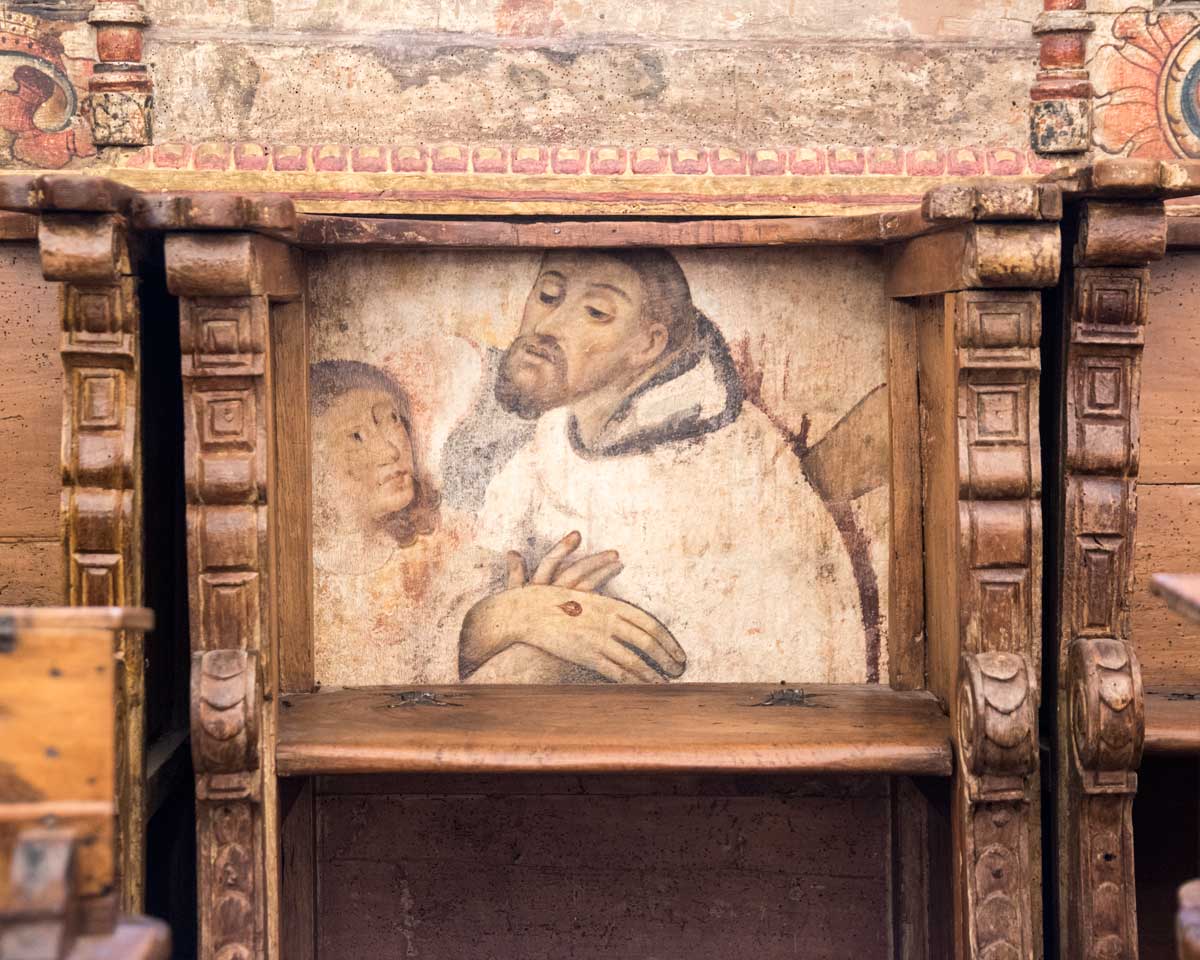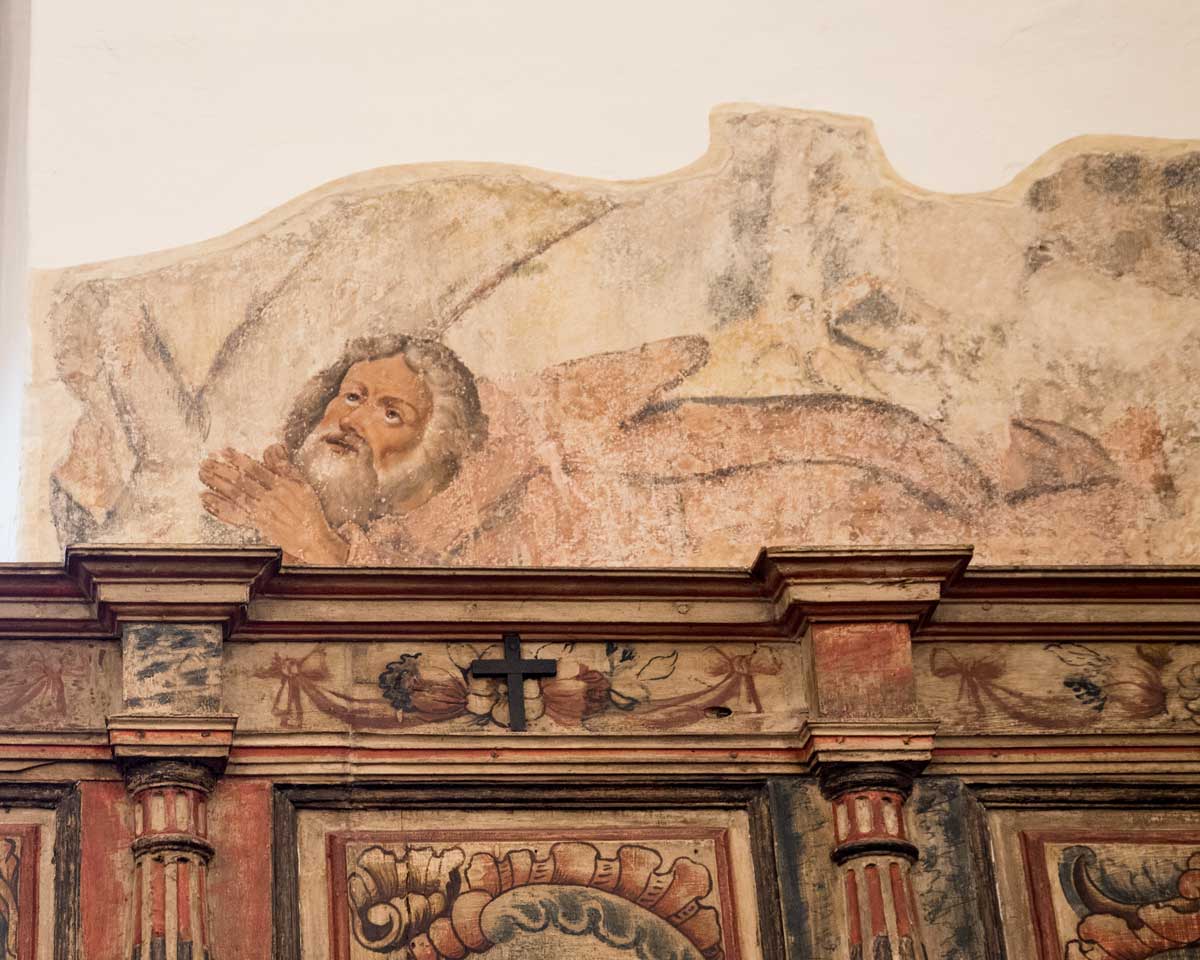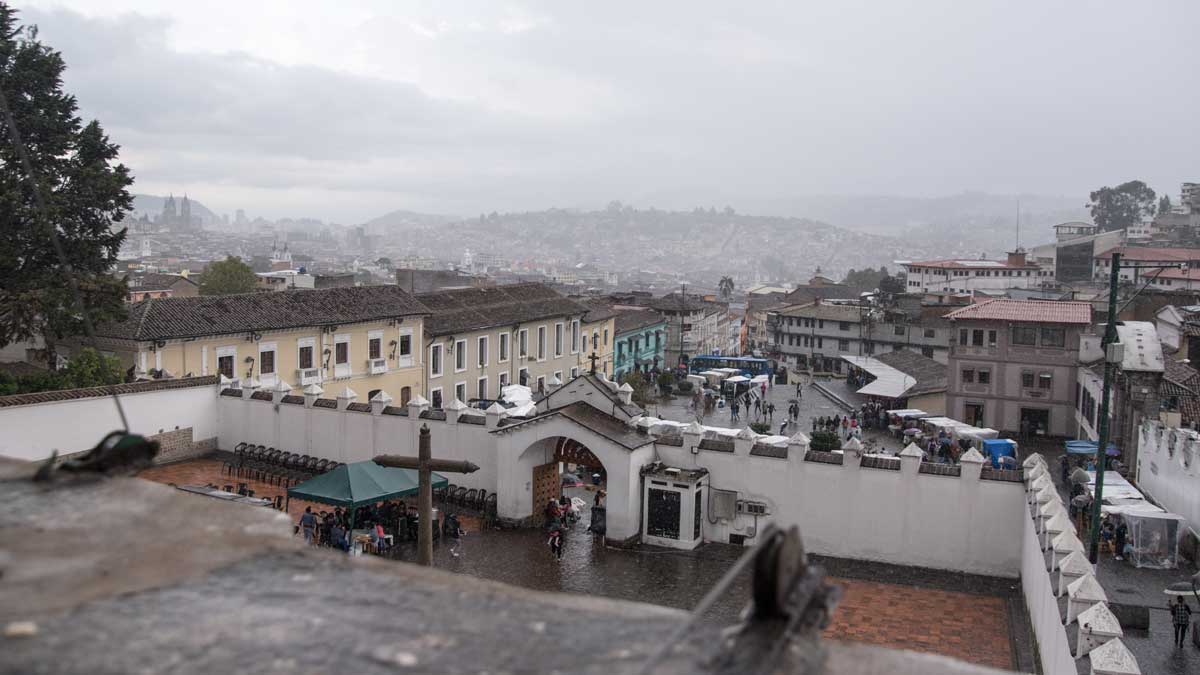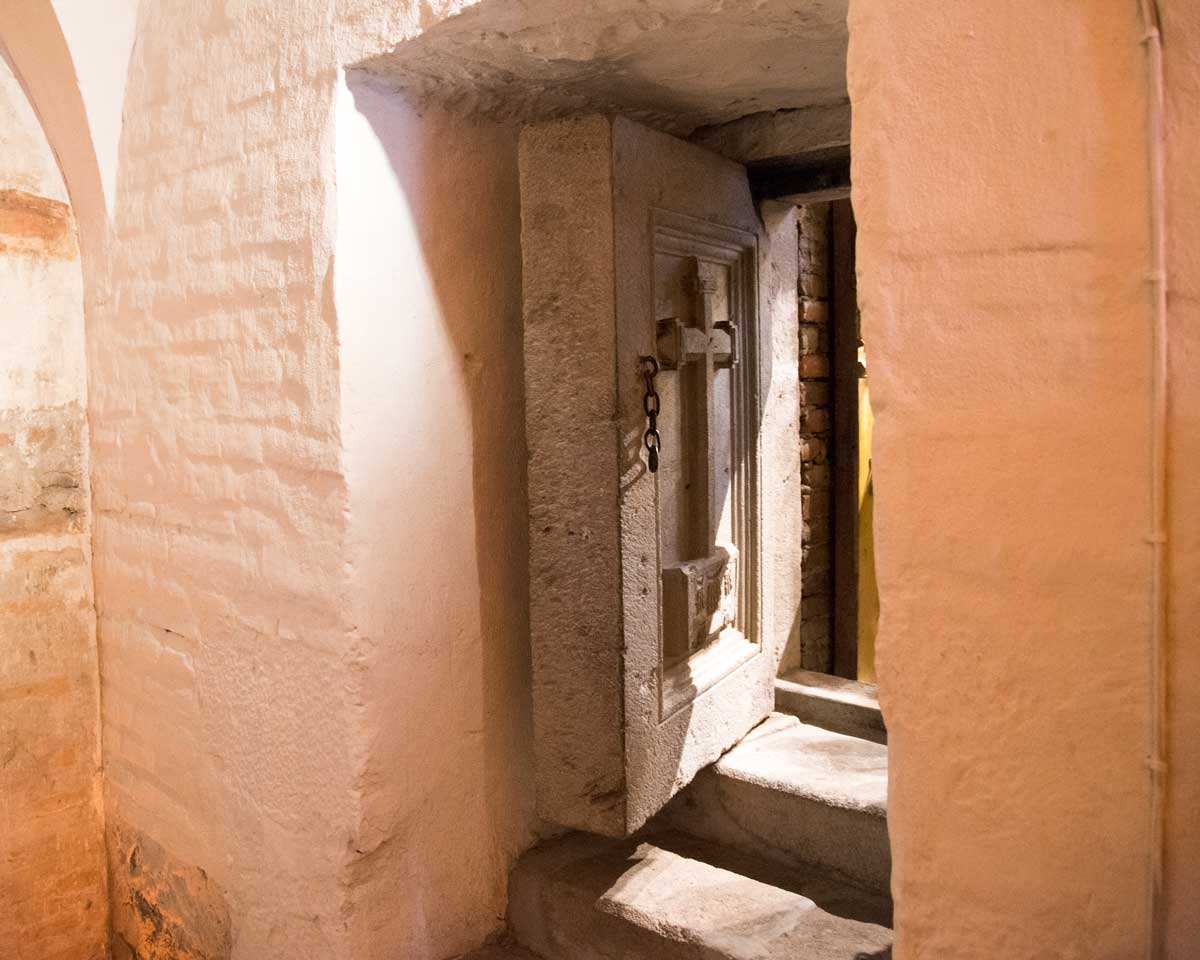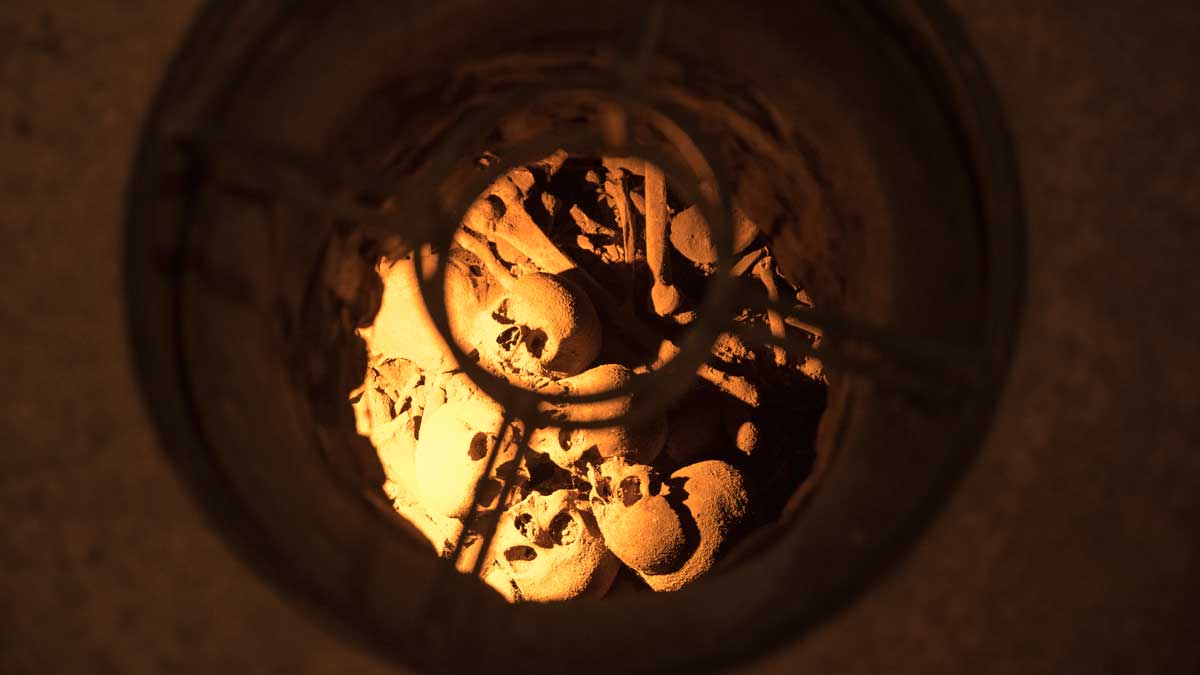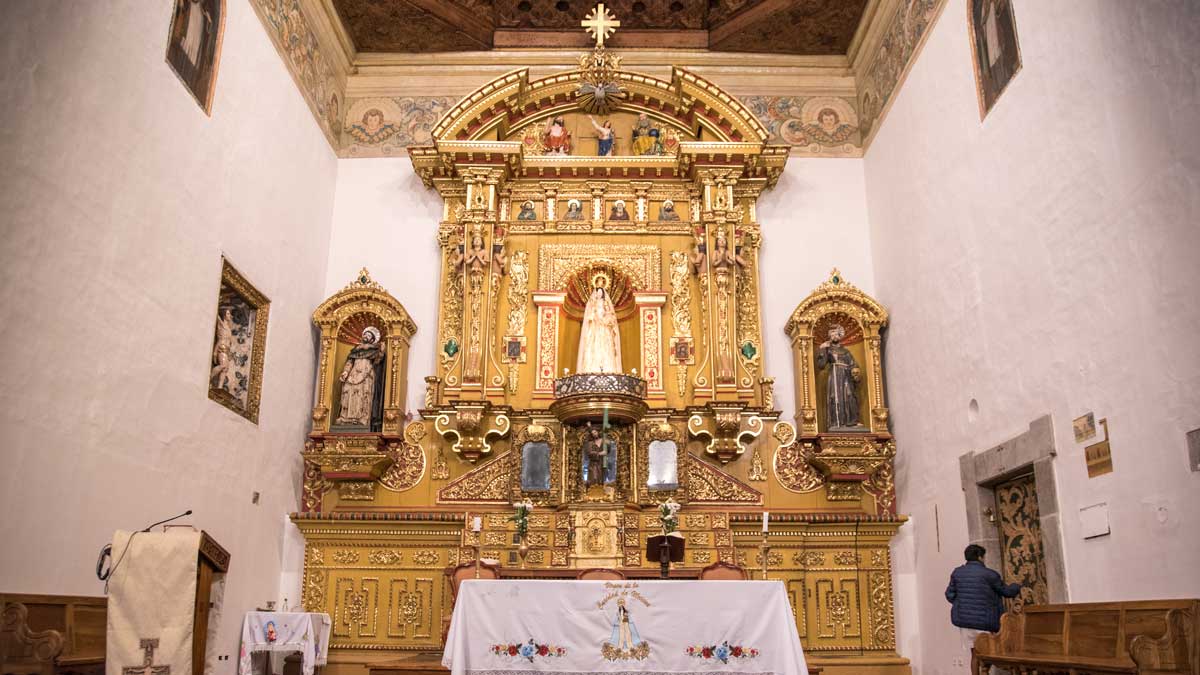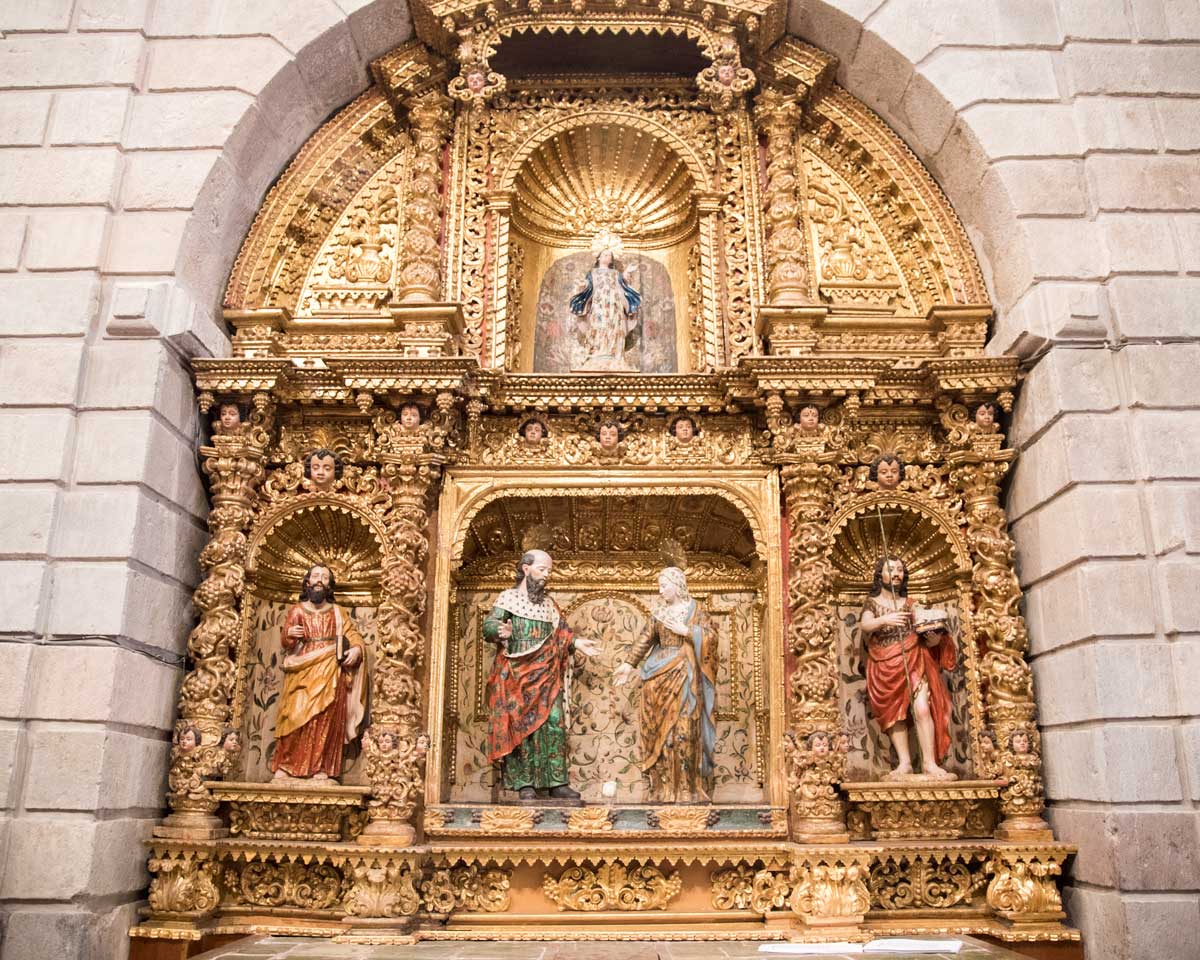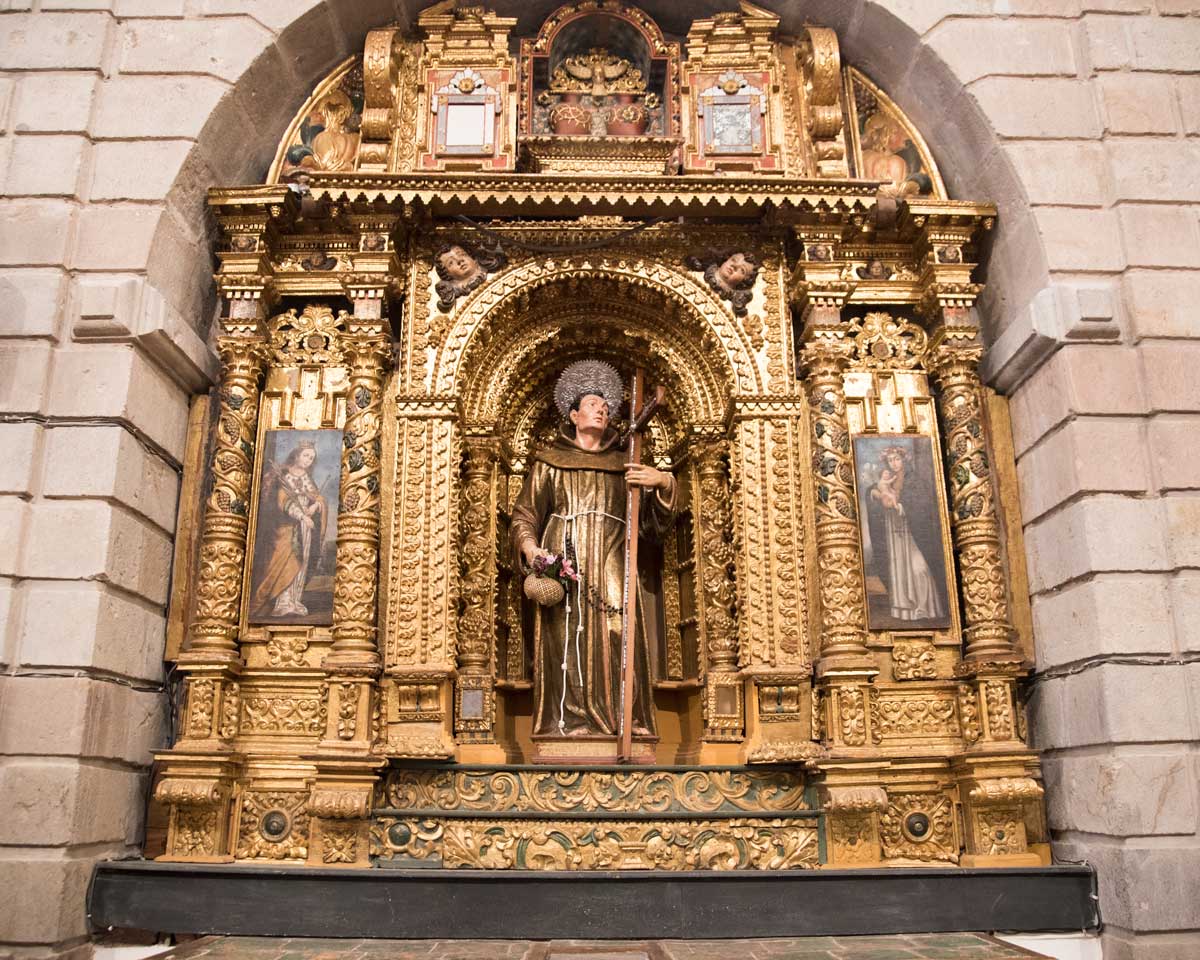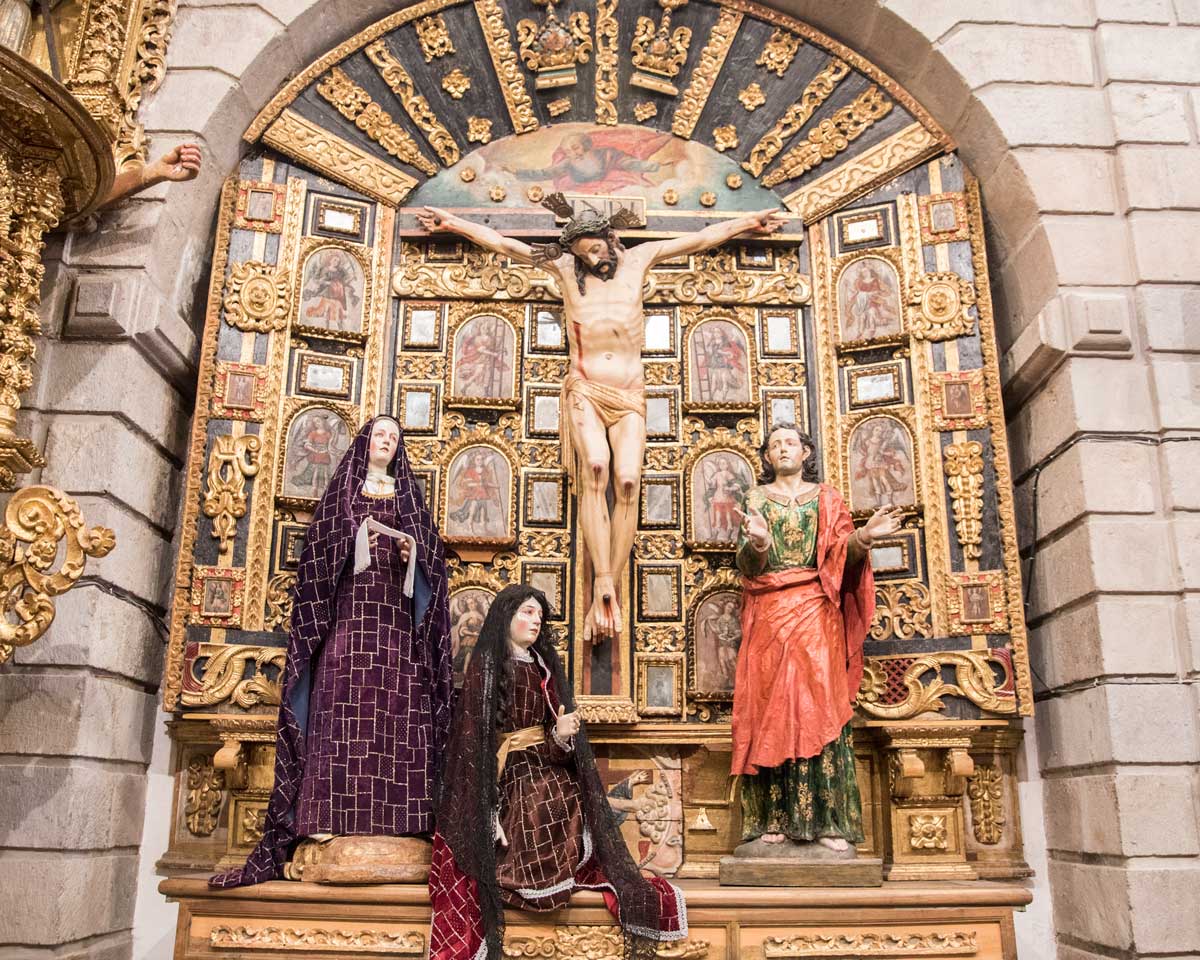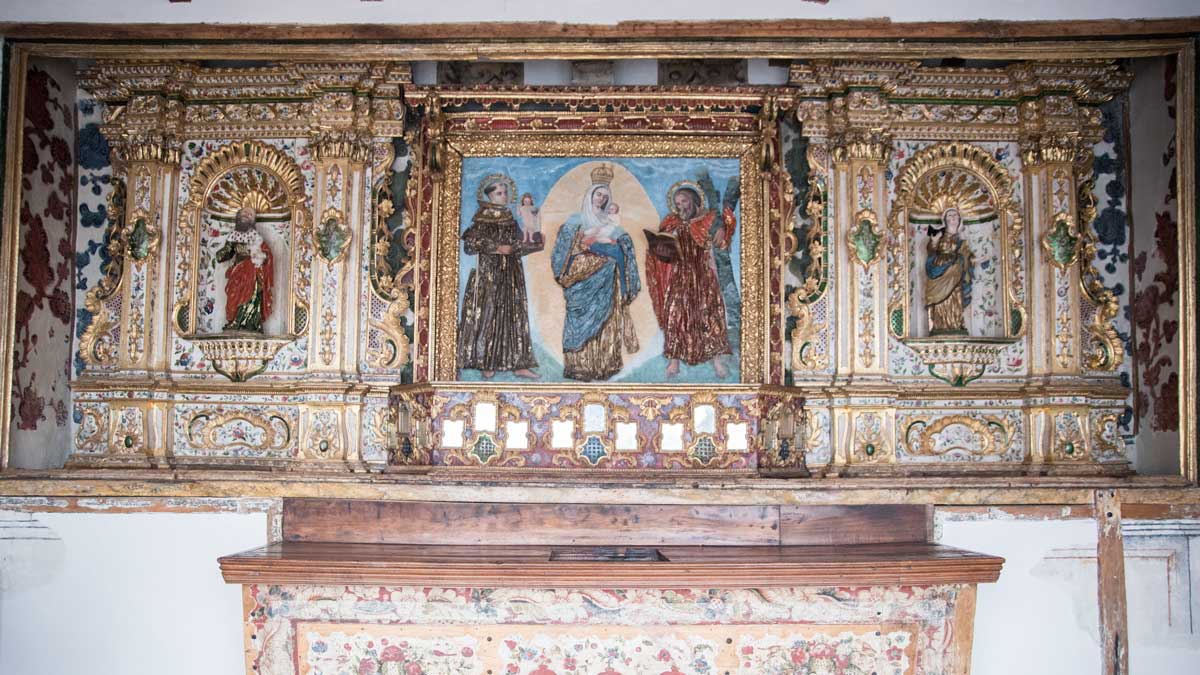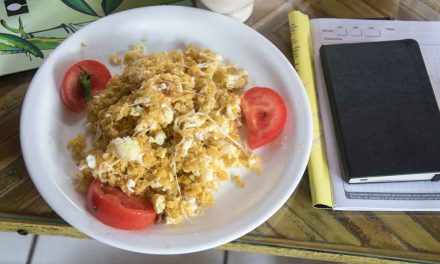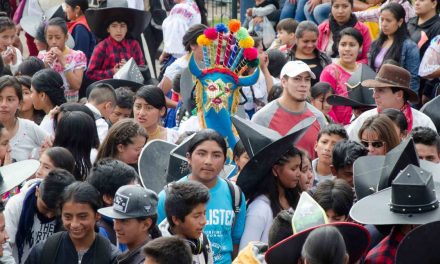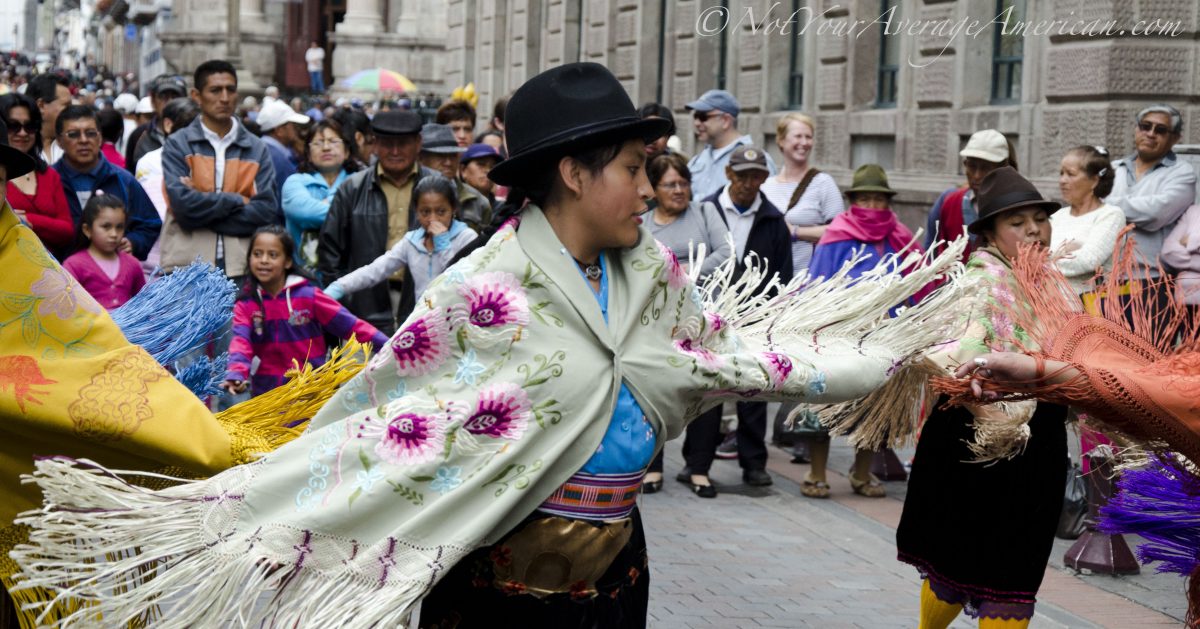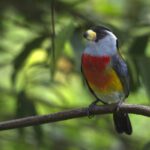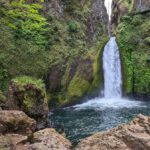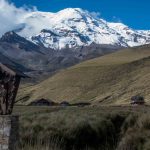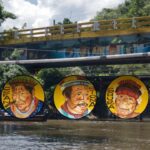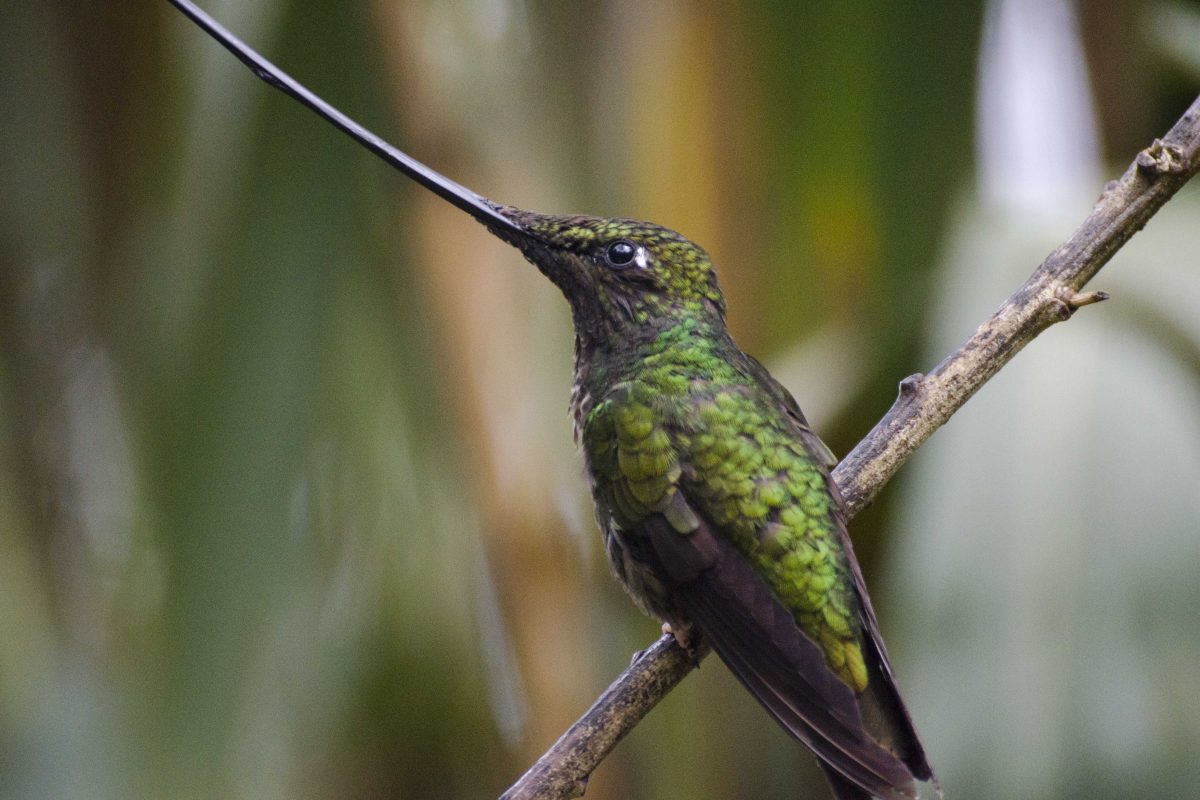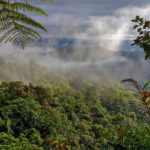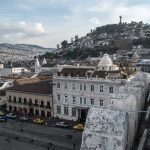The History of the San Diego Convent
Founded in 1597, the San Diego Convent was the first Franciscan recoleta in Ecuador and the second in all of South America. While there seems to be no direct translation for recoleta, different uses include quiet, contemplation, and peace. Therefore, this use of recoleta likely refers to a cloister, a convent where religious persons remove themselves from civil society to practice prayer and contemplation.
An interesting historical fact cropped up while doing research about the church. According to the museum website, the infamous Francisco Cantuña, the legendary man who tricked the devil, made locks for the convent. He charged a grand seven pesos for his work.
Today, the convent is now home to Franciscan friars. On the day of our visit, they were busy selling colada morada and guaguas de pan to the masses of people visiting the neighboring cemetery.
An Excellent Guide for the San Diego Convent
Our guide for the day, long-time docent Feliza Guerra, provided an excellent tour that included a detailed history of almost every piece of artwork and architecture on the grounds. Her slight stature, barely 4-foot tall by my estimation, may cause some people to underestimate her worth. In her smooth Quiteño accent, she rattled off dates and names with the confidence of a university professor. She was quick to answer questions and didn’t mind when I asked her to repeat a fact so that I could better record a few of the highlights of this visit. She has worked at the covent for more than 15 years and is likely one of its greatest assets.
While Feliza is a wonderful resource, we recommend making a visit while your mind is fresh and can take in lots of information in rapid but understandable Spanish. Alternatively, take a translator with you!
The Cloister of the San Diego Convent
The cloister originally housed nuns in several small bedrooms on the upper floors and held a large kitchen, an ample dining room, and offices for conducting business on the lower floors. Today, many of these spaces look as they did in colonial times. It is possible to see the wood burning ovens where the nuns baked their daily bread and the long wooden tables where they ate together in silence while listening to a fellow nun read from the Bible.
The walls of the dining room and many of the hallways are lined with art work from the Quito School. One piece in particular is worth noting, a version of the Last Supper in which Jesus and his apostles share a plate of cuy (guinea pig) and humitas (small loaves of corn dough steamed in corn husks). The artist, Miguel de Santiago, is one of few named painters of the Quito School.
The Restoration of the San Diego Convent
In the mid 1980’s, the convent underwent an extensive restoration. At this time, workers discovered several murals along the walls of the courtyards and inside some of the interior spaces. Those in the courtyard are heavily damaged and, though preserved as best possible, are difficult to make out in full detail. However, some sections retain color and detail. For example, a different version of the Last Supper stands out as do several very expressive faces.
The restoration kept as much of the original building intact as possible. Huge beams of native capuli, a fruiting tree similar to cherry, hold up a ceiling made of straw and native bamboo. A twine made from penco, a cactus from the Agave family, holds it all together. Walls are of adobe, whitewashed with lime. Doors, windowsills, and much of the furniture, burnished from years of polishing, are ornately carved or painted, retaining as much of their original patina as possible.
But it is the church itself that warrants full attention.
The Iglesia de San Diego
Our tour of the church as more than complete. We visited private spaces where the priests prepare for Mass, the choir stall, the bell tower, and the interior of the church.
We first visited the space alongside the main chapel, where the priests conduct day to day business. There, we learned about the Legend of Padre Almeida (which we will save for another day).
The centerpiece of this room is a sobering version of Christ on the Cross. The artist designed the statue to appear very different from three angles. Facing the statue directly, his mouth appears slightly open as if breathing. He looks very much alive. From his right, he appears in the last moments of life, wounds still bleeding and his face a very pale white. Standing to his left, he is dead. His lips are closed, his face a waxy pallor, and his wounds have ceased bleeding. Never have I seen so stark a version of Jesus Christ.
The Choir Stall
Our next stop was the Choir Stall, which we entered from a back hallway.
Choir stalls of colonial churches are amazing spaces. They stand at the very top of the church with a view of the main altar below. We found two friars playing live music for the Mass taking place below. They merely smiled and nodded as we looked on with our eyes wide-open at all around us. None of us had expected to tour a church mid-Mass.
She also rattled of dates and artists of some other pieces in the stall. The three walls are lined with with carved and painted wooden chairs and murals of Franciscan saints. I could have spent far more time taking in the details but we were on a mission and had to move.
The Bell Tower
The entrance to the bell tower is located across the choir stall so we worked our way past the guitar strumming friars into a small room that serves as a history museum. Photos and text pinned up on boards explain much of the history that Feliza had already shared with us. She proceeded to take out her massive set of keys and climbed a small set of stairs to unlock a barred metal door that allowed entrance to the rooftop.
Unfortunately, a typical afternoon rainstorm socked in this small corner of Quito. The roof tiles were slick with raindrops so I limited my exploration of the roof to a quick peek over the edge beyond the large bell, forged in 1902. The clouds wafted over historic Quito and sheets of rain poured into the neighboring San Diego Cemetery. Despite the weather, Quiteños celebrating Día de los Difuntos dotted the courtyard and streets below.
The Main Altar
Feliza then led us all back downstairs. Mass had finished so we entered the church. We used the priests’ entrance, directly on the righthand side of the altar. But what happened next shocked every single one of us.
Instead of explaining the art of the altar piece, Feliza walked up to it and pushed on a wooden panel. She revealed a doorway into a small space that hid another door, this one made of heavy stone. She pushed it open and turned on a light. Then, she beckoned each of us to enter, one by one. We ducked down and stepped into a small room built behind the main altar. To the left of us was a small casket and a collection of crosses. But that wasn’t the biggest surprise.
The Virgin of Chiquinquirá
At the very entrance of the church, there is an interesting side chapel that actually opens out onto the main plaza in front of the San Diego Convent. The altar piece holds many intricately carved and painted statues, some by the fore-mentioned Caspicara. But one piece stands out, the Virgin of Chiquinquirá, the patron saint of Colombia.
The Virgin stares out into the plaza itself. Today, opening is covered in clear plexiglass to protect the very special altar from outside elements. In former times, the native population of Quito would come to see the Virgin and Franciscans would perform Mass from this very spot.
San Diego Convent and Museum
Information For Your Trip
On the day of our visit, a tour was only possible with four or more people. Be aware that the neighborhood surrounding the Convent San Diego is known for robberies and petty theft. Keep cameras and expensive items out of sight if walking in the neighborhood. We recommend using a cab service like Cabify or to walk on a day when many residents are out on the street.
- Direction by Car, use WAZE and look for Mitad del Mundo, Quito, Pichincha, Ecuador
- Direction by Public Transportation for buses around Quito, use the Google Map link and click on get directions. Use the public transportation option to find the best from your current location.
Hours of Operation for the Convent-Museum San Diego
- Monday through Saturday: 9 am to 1 pm (last entrance at 12 noon); 2 pm to 5 pm (last entrance at 4 pm)
- Sunday: 9 am to 1 pm (last entrance at 12 noon)
Entrance Fee
- Adults: $3
- Children until 12 years old, Students with ID, and Senior Citizens: $1

